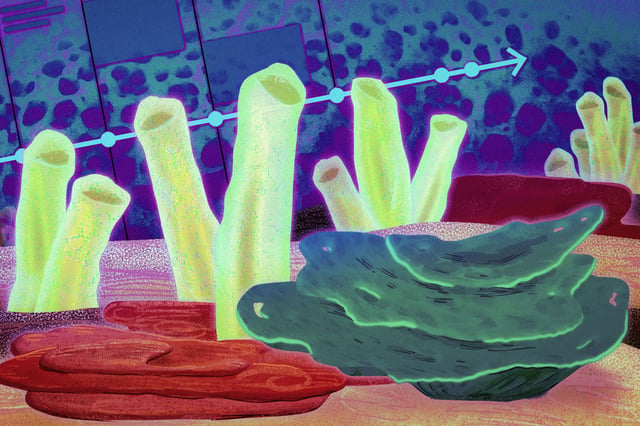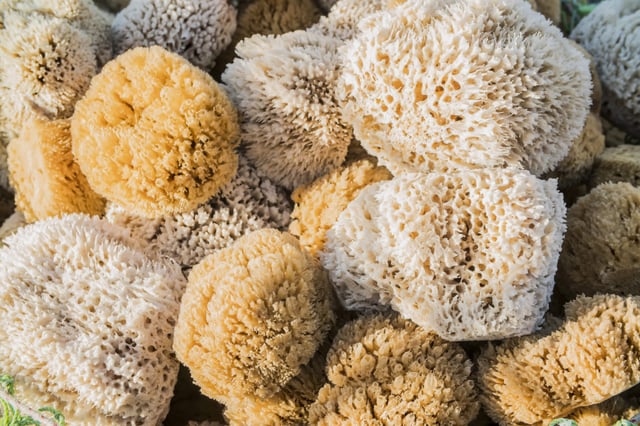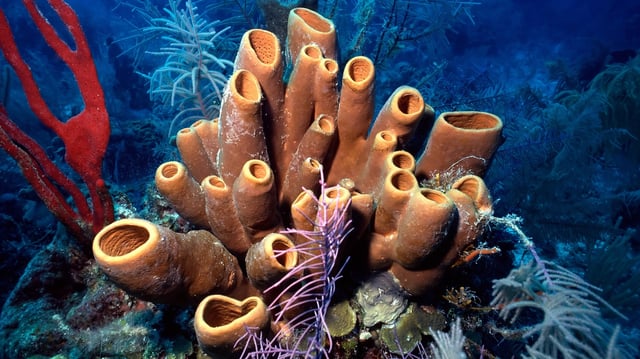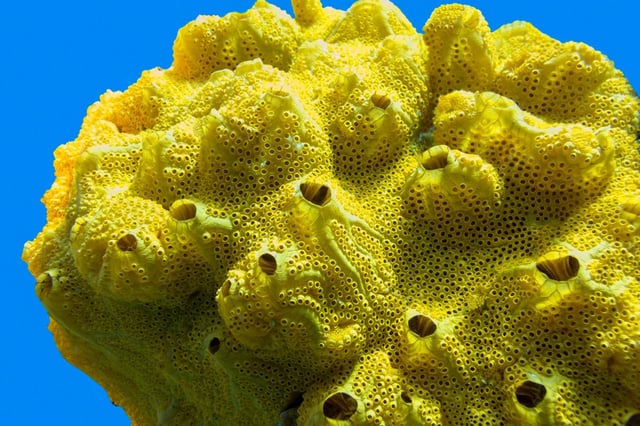Overview
- Researchers report in PNAS that Ediacaran-age rocks contain abundant C31 steranes alongside earlier C30 detections, reinforcing a sponge origin for these biomarkers.
- Analyses of drill cores and outcrops from Oman, western India, and Siberia revealed the rare C31 signatures in sediments older than 541 million years.
- Some living demosponges were found to produce C31 sterols that are biochemical precursors of the fossil C31 steranes identified in the ancient rocks.
- Laboratory synthesis of eight candidate C31 sterols followed by simulated burial showed that only two produced exact matches to the ancient steranes, arguing against abiotic formation.
- The team frames the combined rock, modern biochemistry, and lab chemistry evidence as authentication of demosponge biomarkers and plans wider global sampling to refine the timing of early animal evolution.



